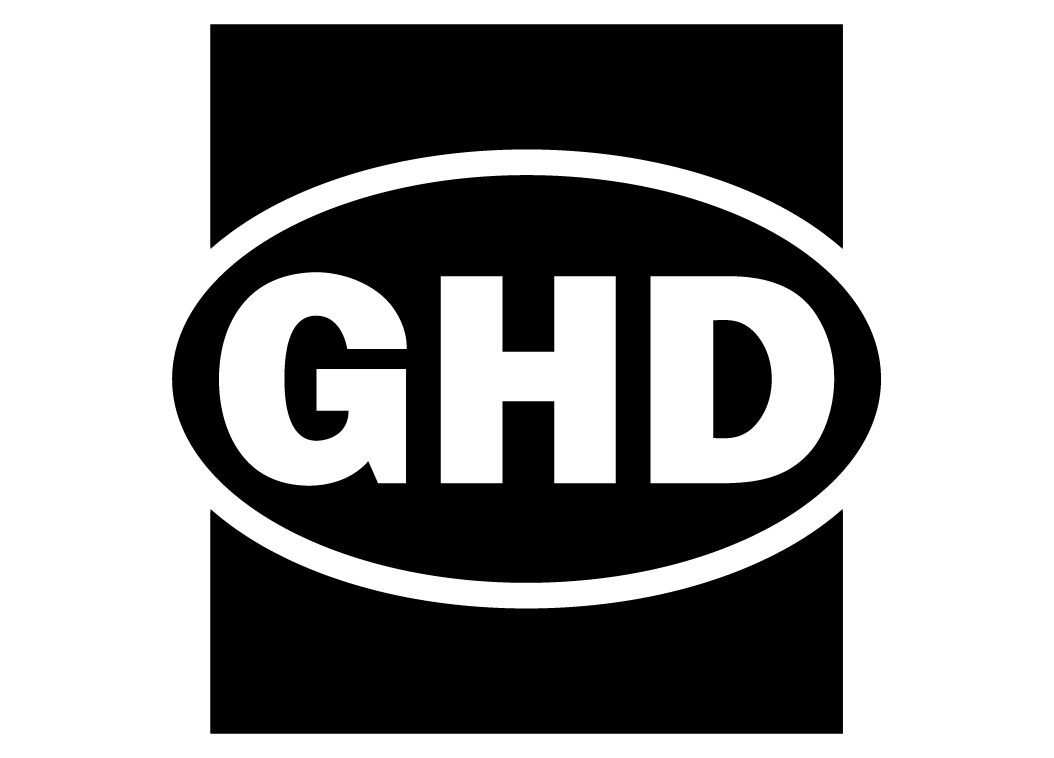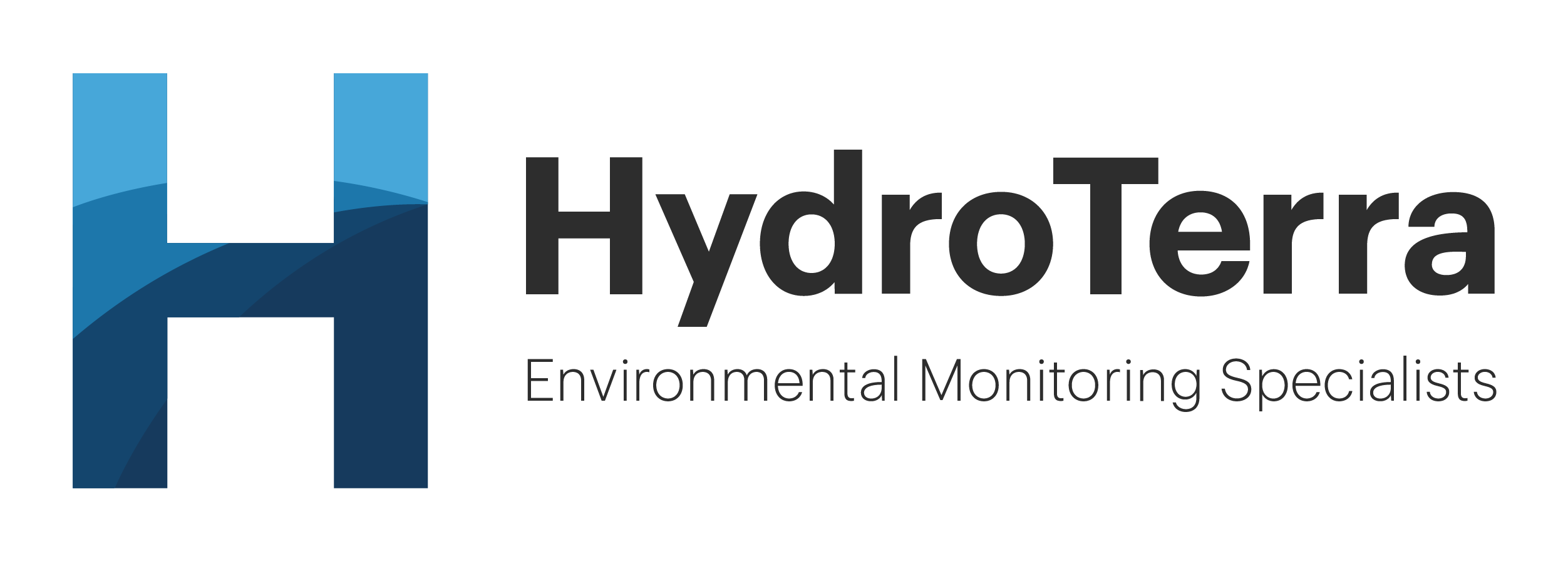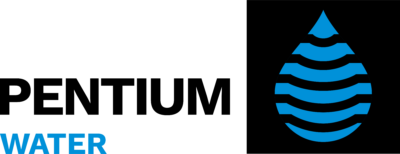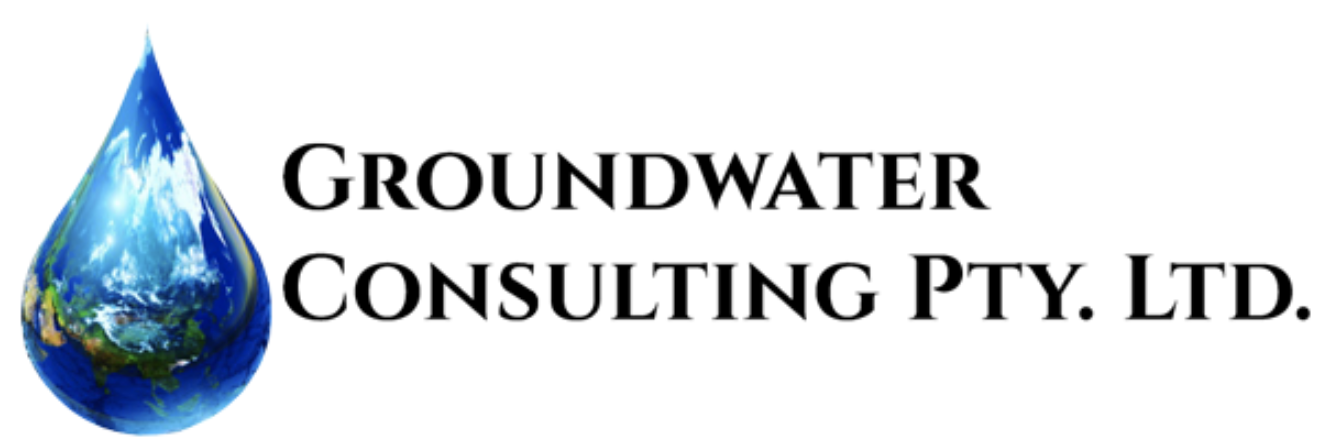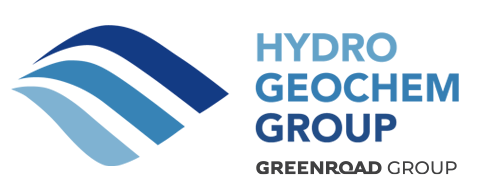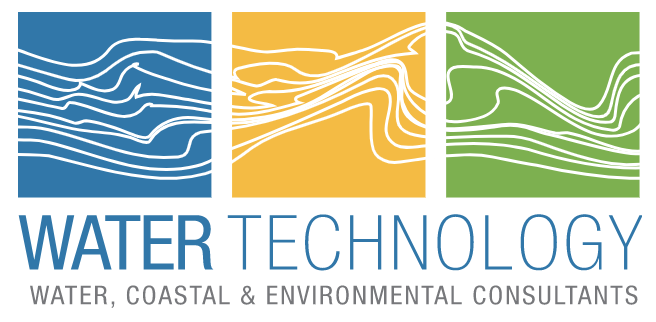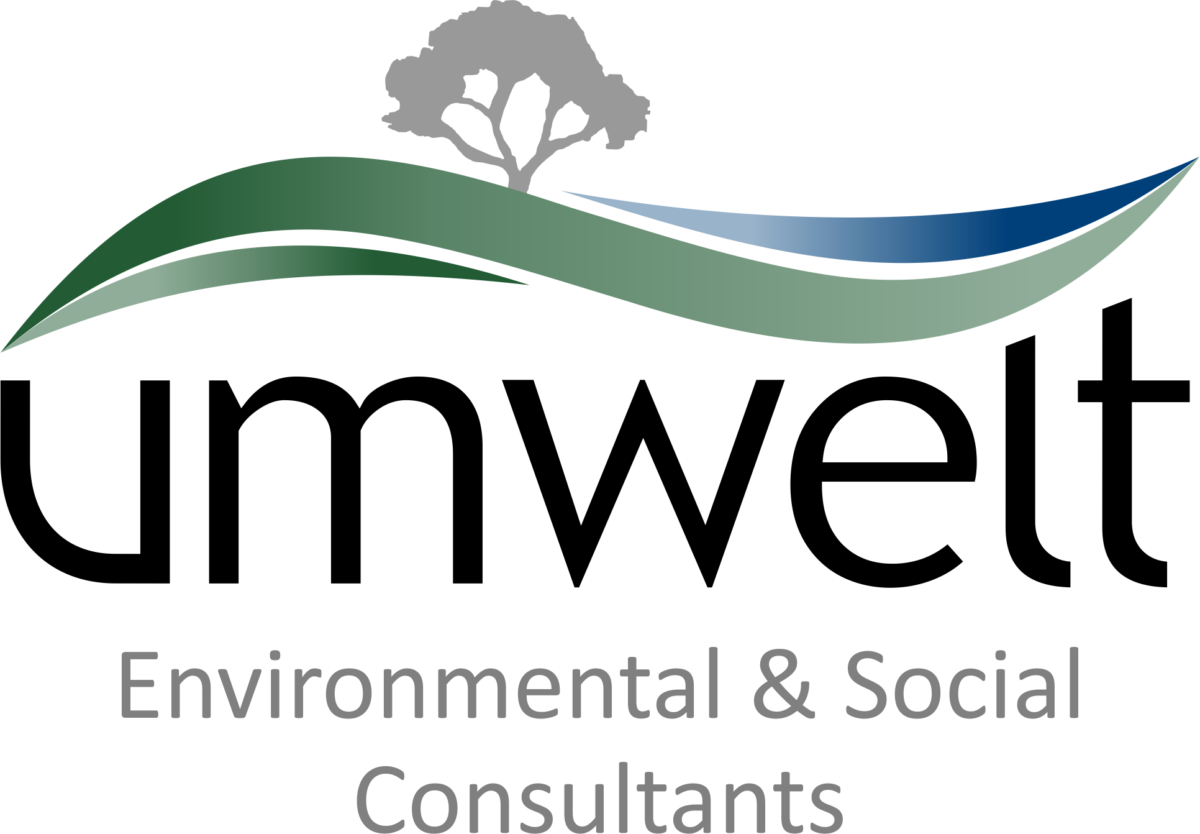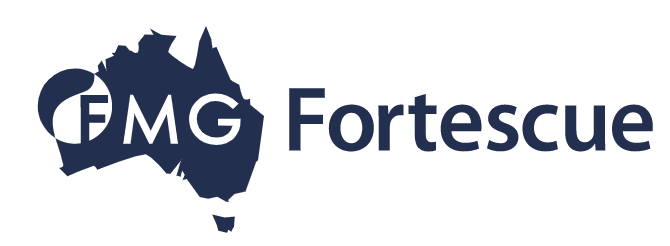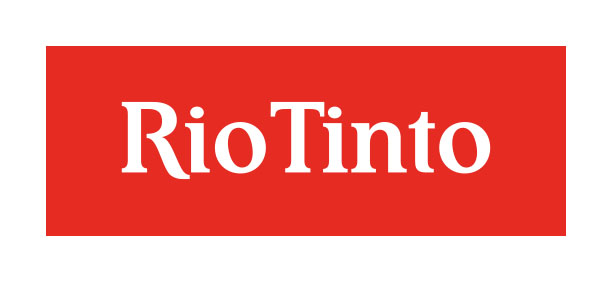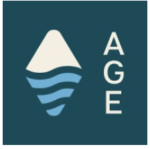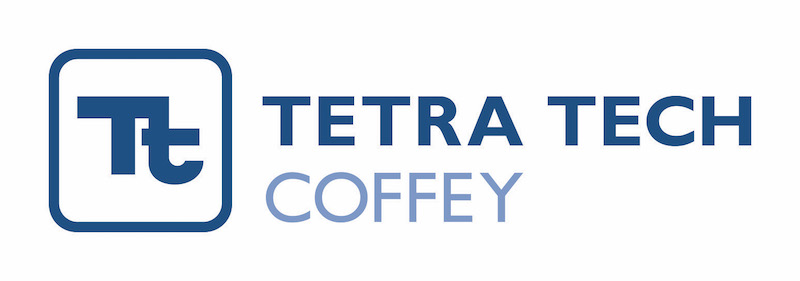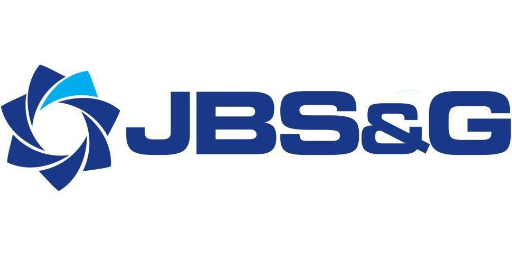Abstract:
During this presentation, you will receive an overview of the current state of imaging of porous media systems—and processes taking place within them—using x-ray tomography, a technique that allows for three-dimensional observation and measurement of variables internal to an otherwise opaque object. Gain insight on how x-ray tomography has advanced to the point where it is possible to probe porous media in great detail, allowing for fully quantitative analyses of processes and mechanisms at the pore scale. Detail resolution ranges from hundreds of microns for cm-sized samples down to hundreds of nm for micron-sized objects. Contrast depends on density and atomic number of the imaged object, and creative use of contrast agents can help delineate otherwise difficult-to-identify features. Also discussed will be technique limitations, as well as new potential advances that will allow for exciting new research in coming years. Applications of the technique to remediation of non-aqueous phase liquid in groundwater, the fundamentals of multiphase flow, and geologic sequestration of carbon dioxide will be presented.
Bio:
Dorthe Wildenschild, Ph.D., is an associate professor in the School of Chemical, Biological and Environmental Engineering at Oregon State University. Research in her group focuses on physics, chemistry, and microbiology of relevance to flow and transport in porous media. Much of her work is supported by high resolution imaging and applications primarily involve subsurface multiphase flow phenomena.
Presenter: Dorthe Wildenschild
Time/Date: 3rd March 2015, Drinks and nibbles from 5:30pm for a 6pm start
Location: ***Please Note Venue Change***
RMIT City Campus, Melbourne,
Building 94, Level 1 Theatre 6
http://www1.rmit.edu.au/browse;ID=zxirtq0jy6wn
RSVP: Please RSVP to heath.pawley@gmail.com for catering purposes



